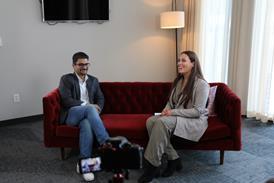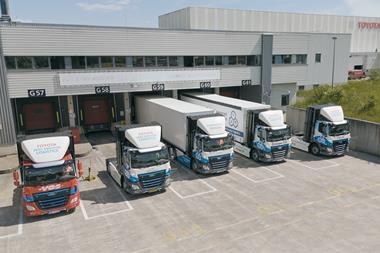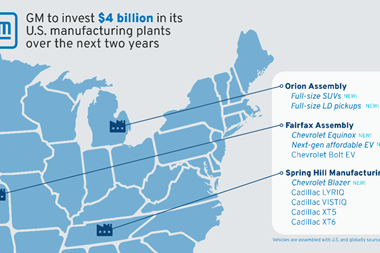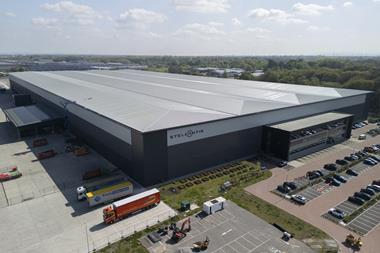
As Japanese carmakers look at ways to limit future disruption to the supply of parts following the devastating earthquake that hit the country in March, with lingering problems still being felt throughout the supply chain, Toyota outlined three steps last week that it is implementing with the aim of solving some of the major problems. In the event of another serious disruption it said that these steps could enable recovery within two weeks.
In the first step Toyota is calling for the further standardization of parts between carmakers enabling it and its competitors to share common components that can be manufactured in several locations.
However, for those parts that cannot be built in this way – including specialized components such as the microchip controller units produced by Renesas Electronics which was affected badly by the events in March – Toyota is asking tier suppliers to hold additional months of inventory and invest in the development of technology that will provide more options for parts and materials.
This demand, however, comes at a time when many suppliers are dealing with a volatile market, poor financial forecasts and working in a climate of total supply chain cost reductions, making investments in the handling and storage of additional inventory difficult.
According to Masaki Honda, principal consultant, Automotive & Transportation, at Frost & Sullivan Asia Pacific, those suppliers are going to have to meet that cost without support from Toyota, something they will find hard to do.
“Extra inventory needs extra cost,” he told Automotive Logistics. “Toyota won't pay the cost and suppliers cannot afford it.”
Like the carmakers, suppliers are faced with meeting the cost (and risk) of their own contingencies for future earthquake threats. This includes investment in flexible production and the possible investment in other production facilities across regions, as well as building up a more diverse tier 2 and 3 supply base further down the chain.
This increase in supply chain complexity could benefit those providing sophisticated software and transportation systems but ultimately there may not be any significant change to the just-in-time system. All Toyota can do to prepare for future disruption, pursuing its stated goal of further parts standardization and broadening the supplier base from which it purchases said Honda.
But it must also demand that the supplier base takes its own quake-proof measures, raising the question as to whether the selection of suppliers for the future will depend on a demonstrable ability to deal with potential disruption.
Toyota’s third step toward a more secure supply chain is to make each region in which it manufactures independent in its parts procurement to avoid the impact of a problem in one area affecting the smooth running of a facility in another region. This localised procurement strategy would also help to cut heavy foreign exchange losses that Toyota and other manufacturers have been suffering given the strength of the yen.
Last year Toyota built 43% of its 7.6m vehicles in Japan and exported more than half of that figure.
The question remaining is will suppliers in other regions of the world be any more likely to meet the extra costs involved with holding and handling the extra inventory demanded by Toyota?



































